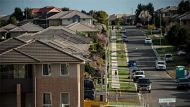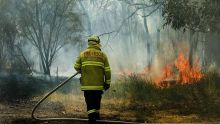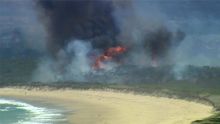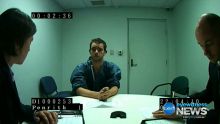The NSW government is bracing for a slowdown in Sydney's property market, despite its predictions that the budget will be well in surplus over the next four years.
Treasurer Gladys Berejiklian will on Tuesday release the government's half-yearly budget review, which will show the government expects to record a surplus of almost $4 billion this financial year.
More NSW News Videos
Sydney's population booms
Pressure on Sydney's already-stretched housing and transport needs are a "symptom of Sydney's success", says NSW Planning Minister Rob Stokes.
But the review will also urge caution about the continued strength of the property market.
About 12 per cent of government revenue comes from taxes charged when individuals and companies buy property, and almost 8.5 per cent of revenue comes from taxes charged on residential stamp duty.
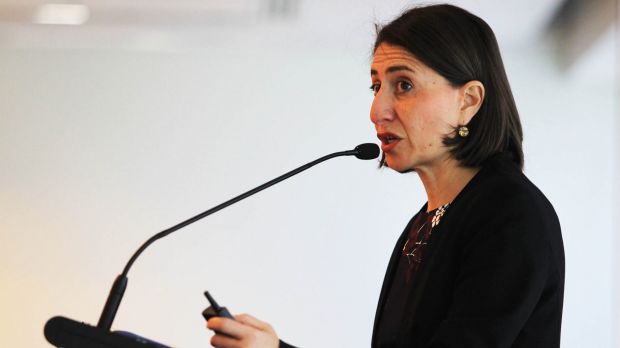
With property prices surging and the volume of residential sales high, the state government's revenue from stamp duty increased by as much as 40 per cent in the 2013-2014 financial year.
Residential stamp duty increased by 19 per cent in 2014-15, and by 13.4 per cent in 2015-16.
But Ms Berejiklian's budget review, released on Tuesday, predicts stamp duty will grow by an average 4.8 per cent per year over the next five years. The government raised almost $6.3 billion in stamp duty from property buyers in the financial year to the middle of 2016.
Treasury expects to raise about $7.9 billion in annual residential stamp duty by 2021.
The government has, however, resisted calls to lower or reform stamp duty to help more first home buyers.
"Tackling housing affordability remains a major priority for the NSW government and we believe the best thing our government can do is to help deliver more houses to put downward pressure on prices," Ms Berejiklian said.
"NSW annual dwelling approvals have more than doubled in the past five years, to a historically high 74,600, up from 34,600 in 2011," she said.
The Treasurer also commented favourably on the strength of Sydney's housing market compared with other capital cities.
"While the additional housing supply for Melbourne and Brisbane is more concentrated in their CBDs, Sydney's unprecedented boost in housing stock is more geographically dispersed," she said.
"This is providing more choice for home owners and will put downward pressure on housing in the years to come."
Ms Berejiklian's half-yearly review will show the expected $4 billion surplus in 2016-17 is $260 million more than that anticipated in June.
However, budget surpluses are expected to be smaller in the next four years. The half-yearly review predicts average surpluses of $1.8 billion a year until 2020.
"We have by far the nation's strongest budget and fiscal position, and our economy is leading the nation on all key economic indicators," the Treasurer said.
"This is allowing us to invest unprecedented amounts into new infrastructure to transform this state forever, while also keeping our debt low," she said.
Over the weekend, the government unveiled plans for its latest land release program to increase the supply of new housing. Another 2400 new homes are expected to be approved at Vineyard, in Sydney's north west.
The Department of Planning also recently released proposals for another 10,000 new homes to be built near Arncliffe, Banksia and Cooks Cove in Sydney's inner south.


